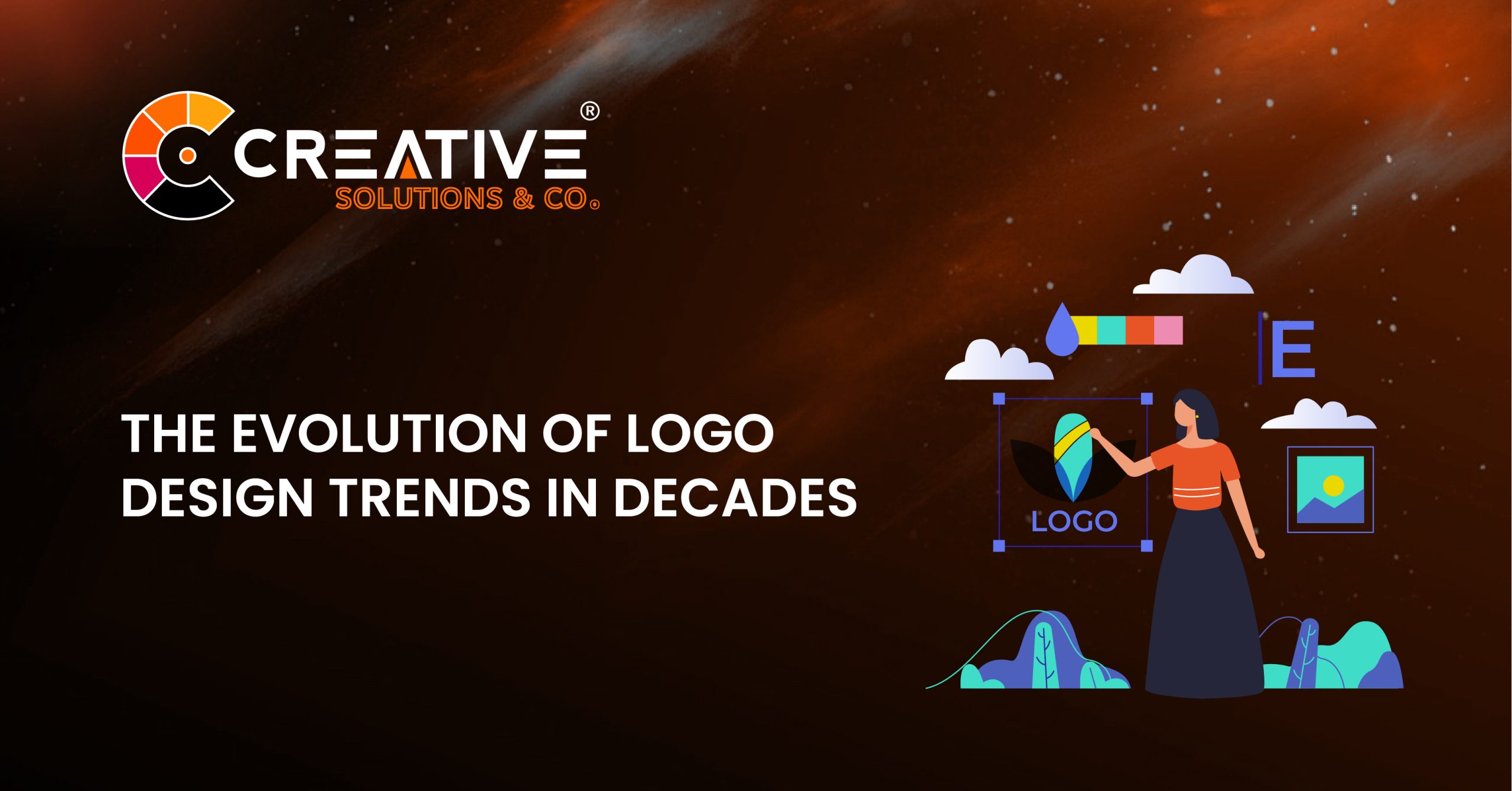
Introduction to Logo Design Evolution The Evolution of Logo Design Trends Over the Decades showcases how logos have transformed, reflecting cultural shifts, technological advances, and brand strategies. From minimalist designs in the 1950s to dynamic, adaptive logos of the 2020s, these changes reveal how branding evolves to meet ever-changing consumer expectations. 1950s: The Rise of Minimalism The 1950s marked a turning point in logo design. Simplicity became a defining feature, with clean lines and geometric shapes dominating. Popular brands embraced minimalist designs to convey professionalism and clarity. Key Characteristics 1960s: Psychedelic and Vibrant Logos The cultural revolution of the 1960s brought bold and colorful designs to logos. Inspired by pop art and psychedelic movements, logos featured intricate patterns and experimental typography. Influential Logos 1970s: Embracing Bold Typography The 1970s continued the trend of experimentation but leaned towards bolder typography. Designers opted for strong, impactful fonts that emphasized brand identity. Design Features 1980s: The Digital Revolution Begins With the advent of digital tools, the 1980s ushered in a new era for logo design. Gradients, vibrant colors, and futuristic designs became the norm. Trends of the 1980s 1990s: The Era of Simplicity Returns The 1990s saw a shift back to clean and straightforward designs. With the internet boom, logos needed to adapt to smaller screens. Flat designs became popular due to their versatility and clarity. Examples of 1990s Logos 2000s: 3D and Realistic Designs Advances in technology brought 3D logos into the limelight during the 2000s. Brands experimented with textures, shadows, and gradients to make logos more dynamic. Common Features 2010s: Flat Design Dominates The 2010s marked a return to flat design. With the rise of smartphones and responsive design, simplicity and adaptability became critical. Logos focused on being modern and functional. Notable Trends 2020s: Dynamic and Adaptive Logos Today, logos are designed to be flexible and adaptive. They are tailored to work across digital and physical platforms, embracing motion graphics and interactivity. Current Trends Conclusion: Logo design continues to evolve, shaped by cultural shifts and technological advances. Each era brings new opportunities for brands to redefine their identities while staying true to their core values. FAQs About The Evolution of Logo Design Trends Over the Decades 1. What is the main focus of logo design trends in the 1950s?The 1950s focused on minimalism with clean lines, geometric shapes, and simple typography to convey professionalism and clarity. 2. How did the 1960s influence logo design?The 1960s introduced vibrant, psychedelic designs inspired by pop art and cultural revolutions, featuring bold colors and intricate patterns. 3. Why did flat design become popular in the 2010s?Flat design became popular due to its adaptability for digital platforms, offering simplicity, clarity, and modern aesthetics suitable for responsive screens. 4. What advancements shaped logo design in the 2000s?Advancements in technology led to 3D logos with depth, gradients, and realistic effects, giving brands a dynamic and modern look. 5. How have logos adapted in the 2020s?In the 2020s, logos are designed to be dynamic and adaptive, often incorporating motion graphics, custom typography, and eco-friendly elements to align with current trends.

